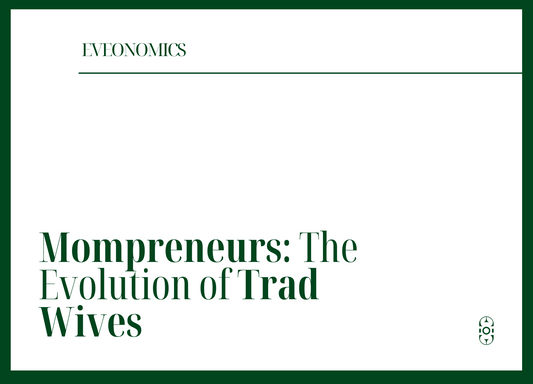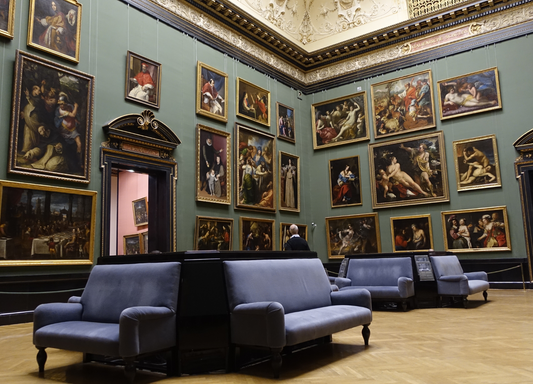A Michelin star is the culinary world’s most coveted accolade—an acknowledgement of exceptional cooking and a mark of quality that extends far beyond the dining table. The Michelin Guide, which began life as a humble guidebook for French motorists in the early 1900s, has evolved into the premier authority in the world of gastronomy, and its stars are a dream for any chef. Whether it’s a one-star recognition or the rarefied atmosphere of three stars, the Michelin rating is a powerful tool that defines restaurant reputations globally.
The Criteria for Michelin Stars
Earning a Michelin star is no easy feat. There’s no room for compromise or error in the quest for recognition. Inspectors from Michelin are anonymous, visiting restaurants incognito to assess several crucial factors that together build a Michelin-starred experience:
Quality of Ingredients: The finest ingredients form the foundation of every exceptional dish. Michelin inspectors look for the highest-quality produce, whether it's fresh fish, seasonal vegetables, or the rarest meats, all carefully selected for their integrity.
- Mastery of Flavours and Techniques: The restaurant must demonstrate an expert command of flavours and cooking techniques. It’s not just about following recipes—it’s about creating bold, balanced dishes that bring out the best in every ingredient, elevating the food beyond the ordinary.
- Consistency: Michelin stars demand consistency. Whether dining at a restaurant for the first time or the hundredth, every dish must meet the same high standard, without compromise. Consistency is one of the hardest elements to maintain, as it requires not just skill but exceptional teamwork.
- Personality and Originality: A Michelin-starred restaurant is one that stands out—whether through the creativity of its dishes or the uniqueness of its culinary voice. Michelin looks for restaurants that display personality, whether through bold new flavours or an inventive take on familiar dishes.
- Value for Money: While Michelin-starred restaurants are often associated with luxury, the value they offer relative to the price must still be justifiable. Inspectors consider whether the quality of the meal matches the cost, ensuring a balanced exchange between dining experience and price.
The Inspection Process
Michelin’s secretive inspection process is designed to uphold the integrity of the star system. Inspectors are anonymous and visit restaurants multiple times, sometimes over the course of months, to ensure consistency and accuracy in their review. They dine as ordinary guests, paying for their own meals to maintain impartiality, and evaluate every aspect of the restaurant experience, from the first bite to the last. Their visits are rigorous, and every dish must be exemplary to secure a star. It’s a comprehensive process that can take years of hard work, consistency, and dedication to achieve.
Difference Between One, Two, and Three Stars
Michelin stars come in three grades, each representing a different level of culinary achievement:
- One Star: A “very good” restaurant in its category. One star is awarded to restaurants that offer excellent quality cooking and are worth visiting when in the area.
- Two Stars: A restaurant that offers “excellent cooking” and is worth a detour. Two stars signify a higher level of precision, creativity, and quality.
- Three Stars: The ultimate culinary distinction. Three stars indicate “exceptional cuisine” that is worth a special journey. It’s a rare honour reserved for restaurants that consistently offer extraordinary, one-of-a-kind dining experiences.
Challenges on the Path to a Michelin Star
Achieving a Michelin star is an arduous journey. The pressure to create exceptional food consistently is enormous. Michelin inspectors demand perfection, and each dish must meet their exacting standards—every time. Chefs and restaurateurs must balance creativity with practicality, innovation with consistency. The Michelin star is a symbol of excellence, but it also comes with enormous responsibility.
Once awarded a Michelin star, the pressure doesn’t dissipate. In fact, it intensifies. Michelin stars are not permanent. Restaurants must constantly strive to maintain the same level of quality year after year. In an ever-evolving industry where trends change quickly, staying at the top is a constant challenge. Financially, Michelin-starred restaurants often face higher costs due to sourcing top-quality ingredients, hiring expert staff, and maintaining the atmosphere expected from a fine dining experience.
The Role of the Chef
The chef is at the heart of every Michelin-starred restaurant. They are not only responsible for the food but for the entire dining experience. It’s their creativity, leadership, and drive for excellence that ultimately determines whether a restaurant earns a Michelin star.
Michelin-starred chefs often work tirelessly to perfect their menus, refine techniques, and experiment with new ideas. The level of commitment required is all-consuming, and it’s a pursuit that can take years to achieve. These chefs are the visionaries, pushing the boundaries of cuisine and establishing their restaurants as icons in the food world.
Famous chefs such as Alain Ducasse, Gordon Ramsay, and Massimo Bottura have reached Michelin’s pinnacle, influencing the culinary landscape with their innovation and dedication. Their success shows the profound impact that a Michelin star can have, not only on a restaurant’s reputation but on a chef’s global standing.
The Impact of a Michelin Star
The Michelin star has far-reaching consequences for a restaurant. Achieving one can significantly boost a restaurant’s business, increasing reservations and attracting global attention. A Michelin star can elevate a restaurant from a local favourite to a globally renowned dining destination.
The impact, however, is not just financial. Michelin stars can elevate a chef’s career, opening doors to new projects, collaborations, and opportunities for growth. For some, a Michelin star becomes a stepping stone to expanding their culinary empire, with new restaurants, cookbooks, and media appearances on the horizon.
However, the Michelin star also brings increased scrutiny. Every dish is now under the microscope, and any deviation from the expected standard can have serious consequences. The pressure to maintain excellence is constant, but for many chefs, the chance to create something extraordinary is worth the challenge.
Success Stories
There are numerous stories of chefs who have made their mark on the Michelin Guide. Noma, for instance, revolutionised fine dining with its focus on locally sourced, foraged ingredients, and earned two Michelin stars along the way. The French Laundry, helmed by Thomas Keller, is another success story—a French restaurant that brought French culinary techniques to the U.S. while pushing the boundaries of the American dining experience.
These stories are not just about the pursuit of a star, but about setting new benchmarks for what great dining can be. They highlight the innovation, dedication, and vision required to earn such recognition.
Enter Into the World
The journey to a Michelin star is long and challenging, but it’s one that many chefs embark upon with passion, perseverance, and creativity. Whether you’re an aspiring chef, a food enthusiast, or someone who simply appreciates the art of great dining, the Michelin star system offers a fascinating insight into the world of fine cuisine.
Explore the restaurants that have earned this prestigious recognition, learn from the chefs who have made history, and immerse yourself in the extraordinary dining experiences that Michelin stars represent. The Michelin Guide continues to inspire and set the standard for culinary excellence across the globe.





